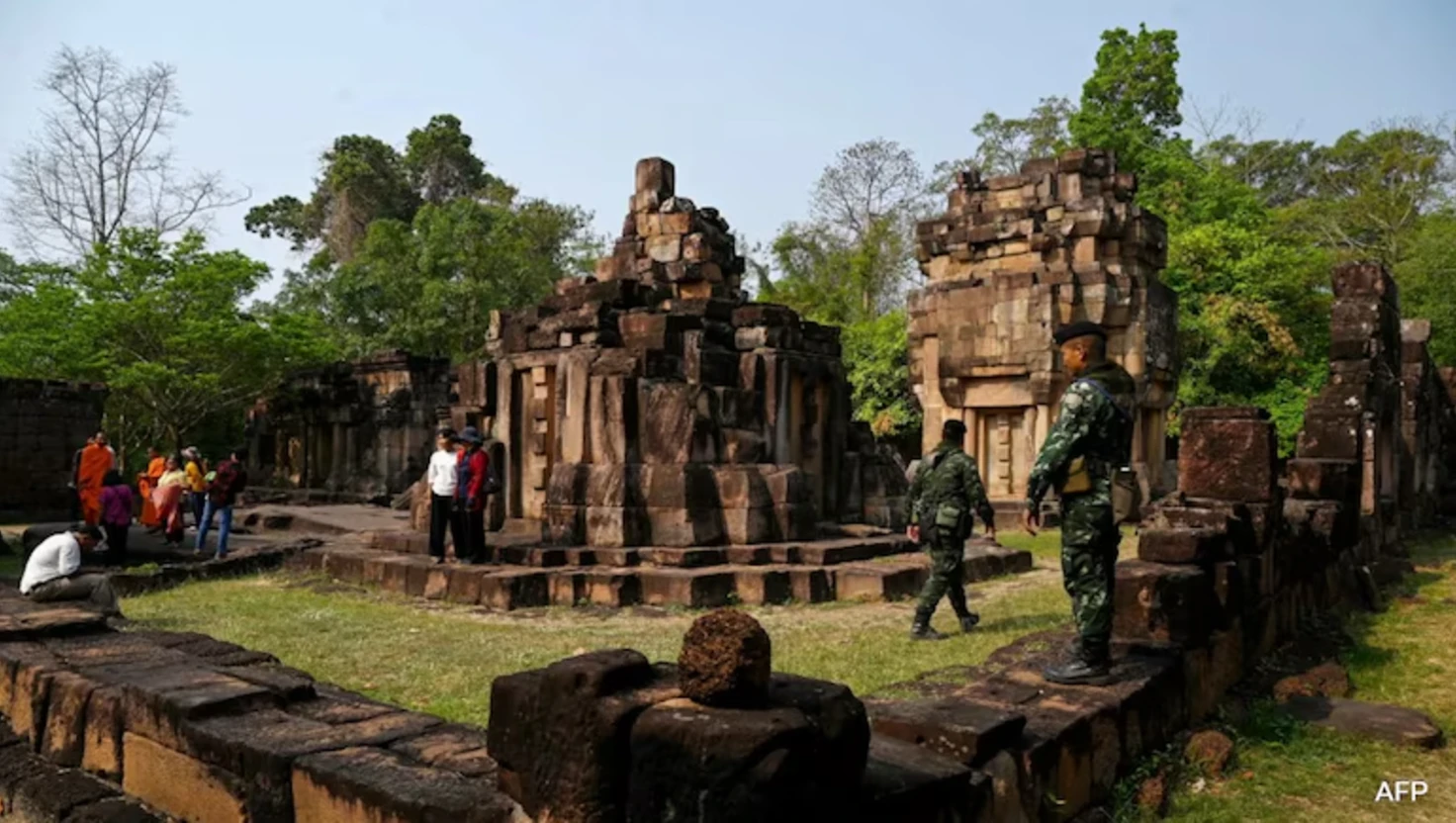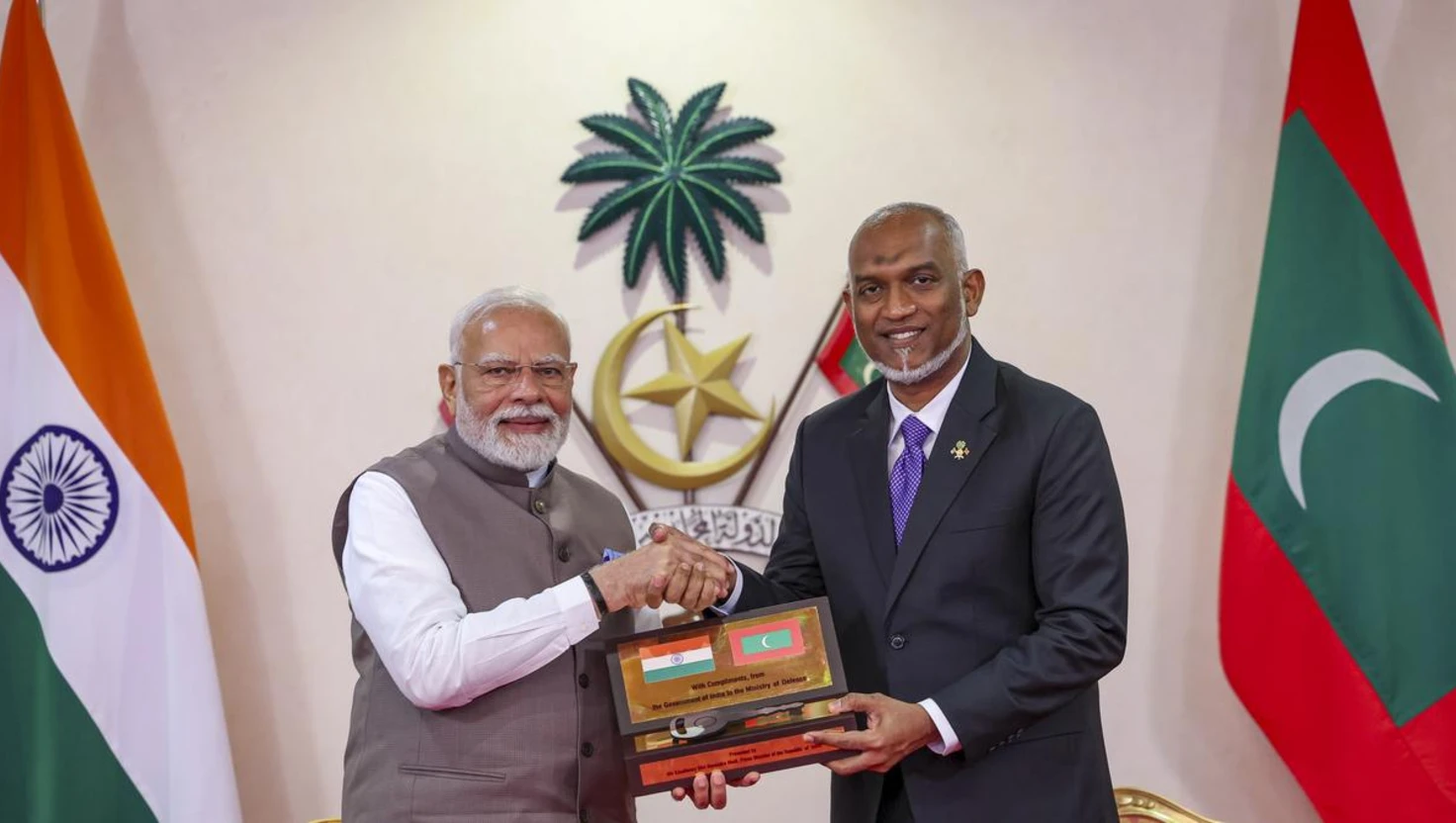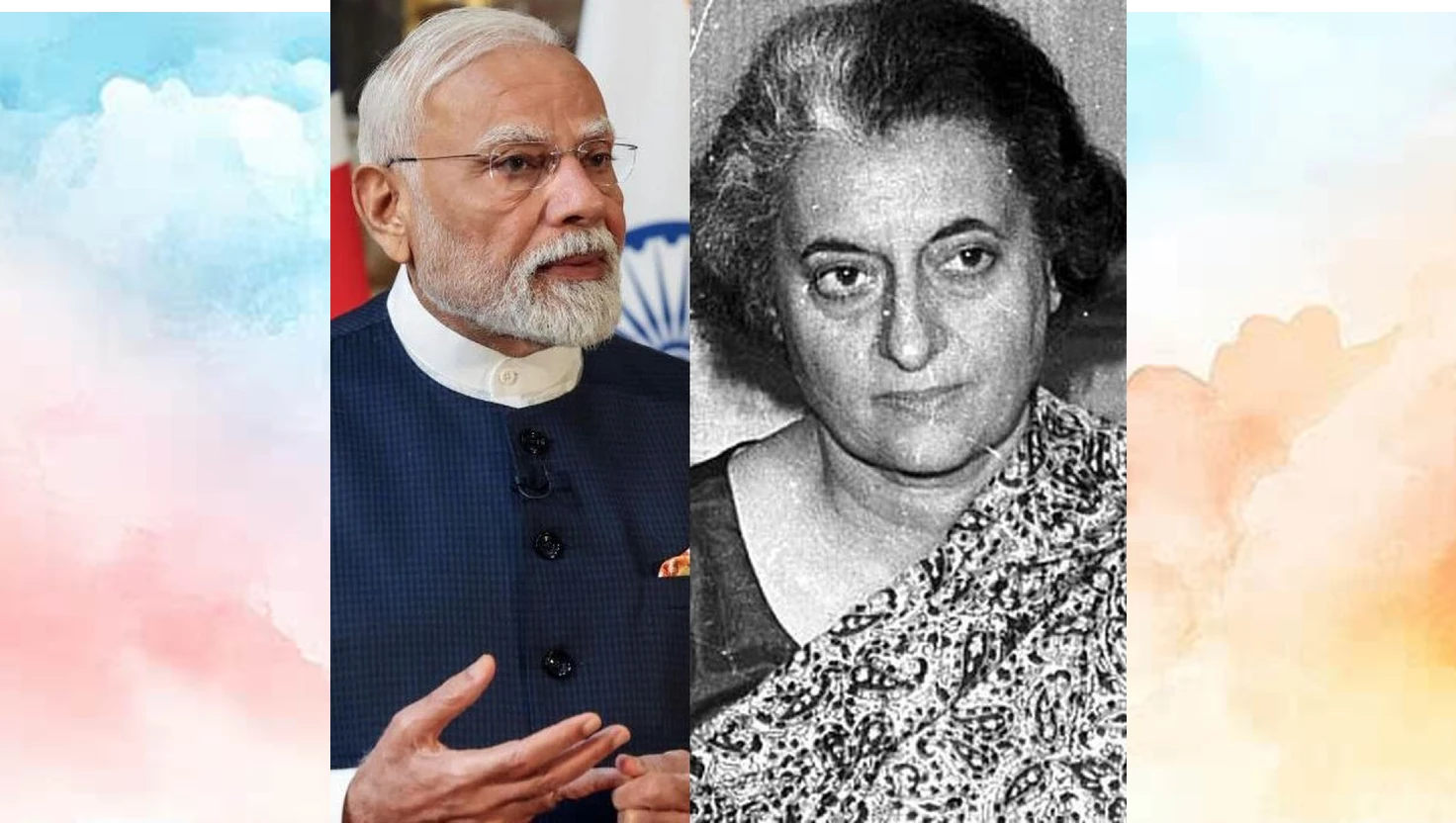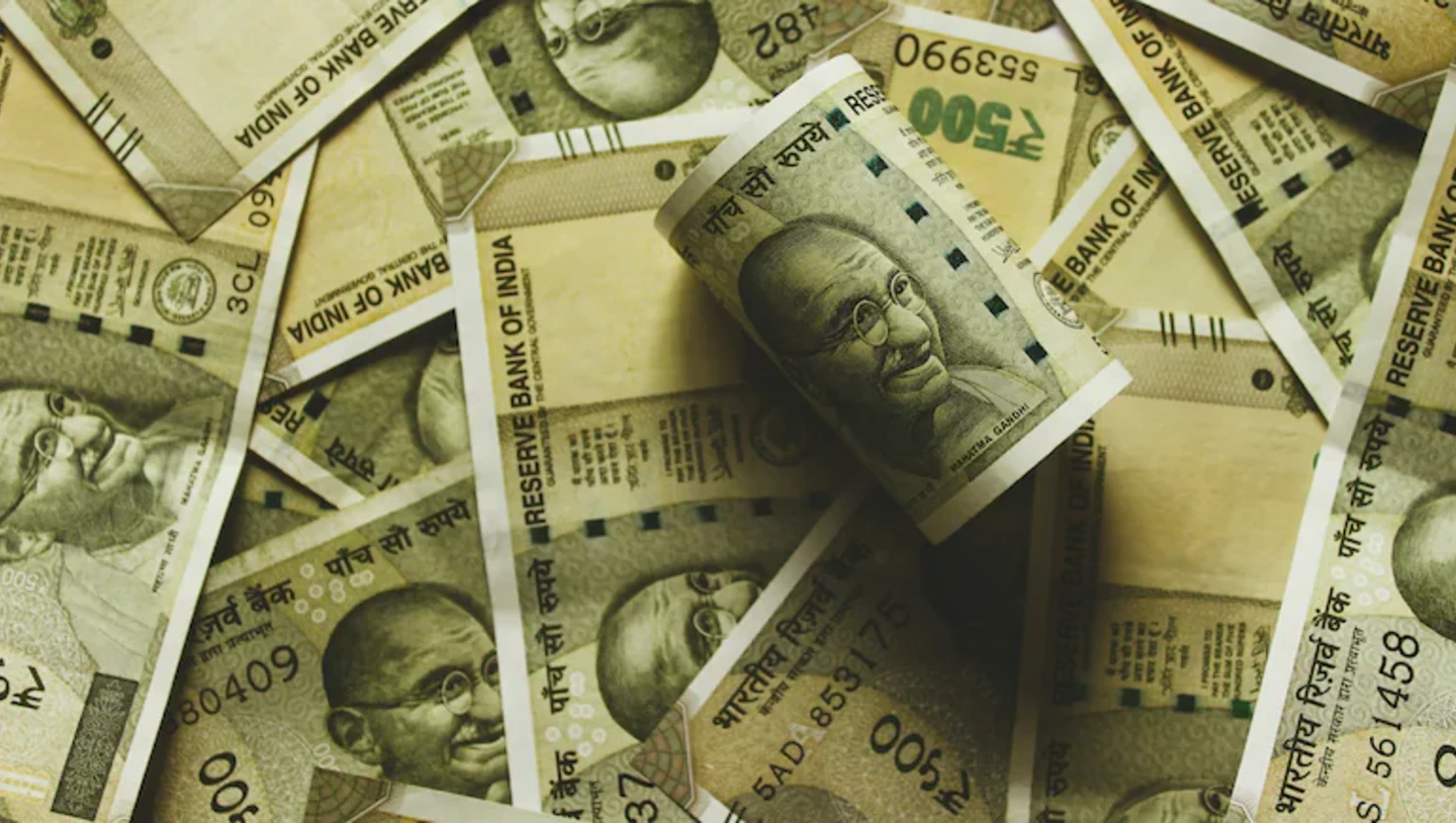Tensions Erupt Between Thailand and Cambodia Over Hindu Temples

Tensions Erupt Between Thailand and Cambodia Over Hindu Temples
Recent clashes near ancient temples mark a significant escalation in the Thailand-Cambodia border conflict, with historical roots dating back decades.
The Preah Vihear temple, a 900-year-old Hindu shrine dedicated to Lord Shiva, is situated atop a 525-metre cliff in the Dangrek mountains of Cambodia. This historic site, constructed during the Khmer Empire, is revered by both Cambodians and their Thai neighbours. Approximately 95 kilometres west lies the Ta Muen Thom temple, a 12th-century shrine also dedicated to Shiva. Both temples are part of a cluster that has been embroiled in a long-standing conflict between Thailand and Cambodia for over fifty years.
Clashes reignited on Thursday along the border, marking the most significant escalation in violence in over a decade. The confrontation resulted in the deaths of twelve individuals and left dozens injured, prompting mass evacuations in the region.
The latest hostilities began in the early hours of Thursday near the Ta Muen Thom temple located in Thailand’s Surin Province. According to Thai authorities, the conflict was instigated when Cambodian forces allegedly deployed drones for surveillance close to Thai military positions. Reports suggest that initial attempts to defuse the situation failed, with heavy exchanges of fire commencing by 08:20 local time.
Thai officials contend that their military acted in self-defence following provocations from Cambodian troops equipped with rocket-propelled grenades. In contrast, Cambodia has accused Thailand of violating its territorial integrity.
In response to the escalating tensions, Thailand raised its threat level to "Level 4," resulting in a complete closure of all border crossings along their shared frontier. Approximately 40,000 Thai residents from 86 villages were evacuated as a precautionary measure.
The underlying dispute relates to long-standing disagreements regarding the demarcation of the border between Cambodia and Thailand, with roots tracing back to colonial-era agreements.
In 1962, the International Court of Justice (ICJ) ruled in favour of Cambodia, ordering Thailand to withdraw its troops and return artefacts that had been removed after 1954. The ruling was based on a 1907 map drawn by French colonial surveyors, which designated the temple within Cambodian territory. Although Thailand initially accepted this map, it later argued that its acceptance was based on a misunderstanding regarding the actual watershed border. The ICJ ultimately rejected Thailand's claims, reaffirming the validity of the map.
A subsequent ICJ decision in 2013 reaffirmed Cambodia's sovereignty over the temple and its surrounding area, following renewed clashes between soldiers in 2011 when Cambodia reasserted its claims.
Currently, hostilities are centring on the Ta Muen Thom temple, which, when viewed in context, exemplifies the complex relationship between geography and culture in the region. This temple complex, nestled within the forested terrain of the Dangrek Mountains, comprises three main temples. Remarkably, Ta Muen Thom features a sanctuary that faces south, diverging from the traditional east-facing architecture of Khmer temples. A naturally occurring Shivling is enshrined within its sanctum, furthering its significance.
The temple's strategic location and cultural importance have made it susceptible to conflict. Earlier this year, Cambodian soldiers reportedly sang their national anthem at Ta Muen Thom, an act that provoked a confrontation with Thai forces and was widely shared on social media, escalating tensions further.
The historical roots of this conflict can be traced back to the establishment of French colonial rule in Cambodia in 1863, which led to several treaties being signed between France and Siam from 1904 to 1907 to delineate borders. French cartographers created maps using watershed lines but provided exceptions near culturally significant sites such as Preah Vihear.
Southeast Asian historians have often noted that borders drawn by Western powers do not necessarily align with local political realities. The French maps, rooted in European geo-political considerations, created a distinct territorial identity for Cambodia, with Preah Vihear situated just within its borders. Thailand has long contested these borders, particularly as contemporary mapping technologies have revealed inconsistencies.
In 2008, Cambodia was successful in having Preah Vihear designated a UNESCO World Heritage site, a move that elicited strong opposition from Thailand. Following domestic backlash, Thailand's Foreign Minister at the time, Noppadon Pattama, resigned after supporting the UNESCO bid. That same year, violent clashes erupted near the temple, resulting in casualties on both sides.
Tensions in the region remain palpable as the two nations grapple not only with historical grievances but also with the urgent need to protect their cultural heritage amidst ongoing disputes.
For many in both nations, the temples are not just relics of a shared history but vital symbols of national identity, making the mediation of this conflict crucial for peace and reconciliation in the region.
Clashes reignited on Thursday along the border, marking the most significant escalation in violence in over a decade. The confrontation resulted in the deaths of twelve individuals and left dozens injured, prompting mass evacuations in the region.
The latest hostilities began in the early hours of Thursday near the Ta Muen Thom temple located in Thailand’s Surin Province. According to Thai authorities, the conflict was instigated when Cambodian forces allegedly deployed drones for surveillance close to Thai military positions. Reports suggest that initial attempts to defuse the situation failed, with heavy exchanges of fire commencing by 08:20 local time.
Thai officials contend that their military acted in self-defence following provocations from Cambodian troops equipped with rocket-propelled grenades. In contrast, Cambodia has accused Thailand of violating its territorial integrity.
In response to the escalating tensions, Thailand raised its threat level to "Level 4," resulting in a complete closure of all border crossings along their shared frontier. Approximately 40,000 Thai residents from 86 villages were evacuated as a precautionary measure.
The underlying dispute relates to long-standing disagreements regarding the demarcation of the border between Cambodia and Thailand, with roots tracing back to colonial-era agreements.
In 1962, the International Court of Justice (ICJ) ruled in favour of Cambodia, ordering Thailand to withdraw its troops and return artefacts that had been removed after 1954. The ruling was based on a 1907 map drawn by French colonial surveyors, which designated the temple within Cambodian territory. Although Thailand initially accepted this map, it later argued that its acceptance was based on a misunderstanding regarding the actual watershed border. The ICJ ultimately rejected Thailand's claims, reaffirming the validity of the map.
A subsequent ICJ decision in 2013 reaffirmed Cambodia's sovereignty over the temple and its surrounding area, following renewed clashes between soldiers in 2011 when Cambodia reasserted its claims.
Currently, hostilities are centring on the Ta Muen Thom temple, which, when viewed in context, exemplifies the complex relationship between geography and culture in the region. This temple complex, nestled within the forested terrain of the Dangrek Mountains, comprises three main temples. Remarkably, Ta Muen Thom features a sanctuary that faces south, diverging from the traditional east-facing architecture of Khmer temples. A naturally occurring Shivling is enshrined within its sanctum, furthering its significance.
The temple's strategic location and cultural importance have made it susceptible to conflict. Earlier this year, Cambodian soldiers reportedly sang their national anthem at Ta Muen Thom, an act that provoked a confrontation with Thai forces and was widely shared on social media, escalating tensions further.
The historical roots of this conflict can be traced back to the establishment of French colonial rule in Cambodia in 1863, which led to several treaties being signed between France and Siam from 1904 to 1907 to delineate borders. French cartographers created maps using watershed lines but provided exceptions near culturally significant sites such as Preah Vihear.
Southeast Asian historians have often noted that borders drawn by Western powers do not necessarily align with local political realities. The French maps, rooted in European geo-political considerations, created a distinct territorial identity for Cambodia, with Preah Vihear situated just within its borders. Thailand has long contested these borders, particularly as contemporary mapping technologies have revealed inconsistencies.
In 2008, Cambodia was successful in having Preah Vihear designated a UNESCO World Heritage site, a move that elicited strong opposition from Thailand. Following domestic backlash, Thailand's Foreign Minister at the time, Noppadon Pattama, resigned after supporting the UNESCO bid. That same year, violent clashes erupted near the temple, resulting in casualties on both sides.
Tensions in the region remain palpable as the two nations grapple not only with historical grievances but also with the urgent need to protect their cultural heritage amidst ongoing disputes.
For many in both nations, the temples are not just relics of a shared history but vital symbols of national identity, making the mediation of this conflict crucial for peace and reconciliation in the region.

India Grants ₹4,850 Crore Credit to Maldives Amid Strengthened Ties
Indian Prime Minister Narendra Modi announces substantial assistance to Maldives during a state visit, aiming to bolster economic cooperation.
| 2025-07-26

Narendra Modi Surpasses Indira Gandhi in Unbroken Tenure
Indian Prime Minister Narendra Modi becomes the second longest-serving PM, surpassing Indira Gandhi's record of consecutive days in office.
| 2025-07-26

India, UK Sign Landmark Free Trade Agreement
During Indian Prime Minister Modi's UK visit, a historic free trade deal was signed, promising significant economic benefits and enhanced market access.
| 2025-07-25

Study Reveals 7,000 Daily Steps May Lower Health Risks
Research suggests that walking 7,000 steps daily can enhance brain health and mitigate disease risks, challenging the 10,000-step guideline.
| 2025-07-25

Reliance Mutual Fund's Rs 2,850 Crore Investment in YES Bank Under Scrutiny
Reliance Mutual Fund's substantial investment in YES Bank's AT-1 bonds is now under investigation for alleged financial misconduct.
| 2025-07-25




